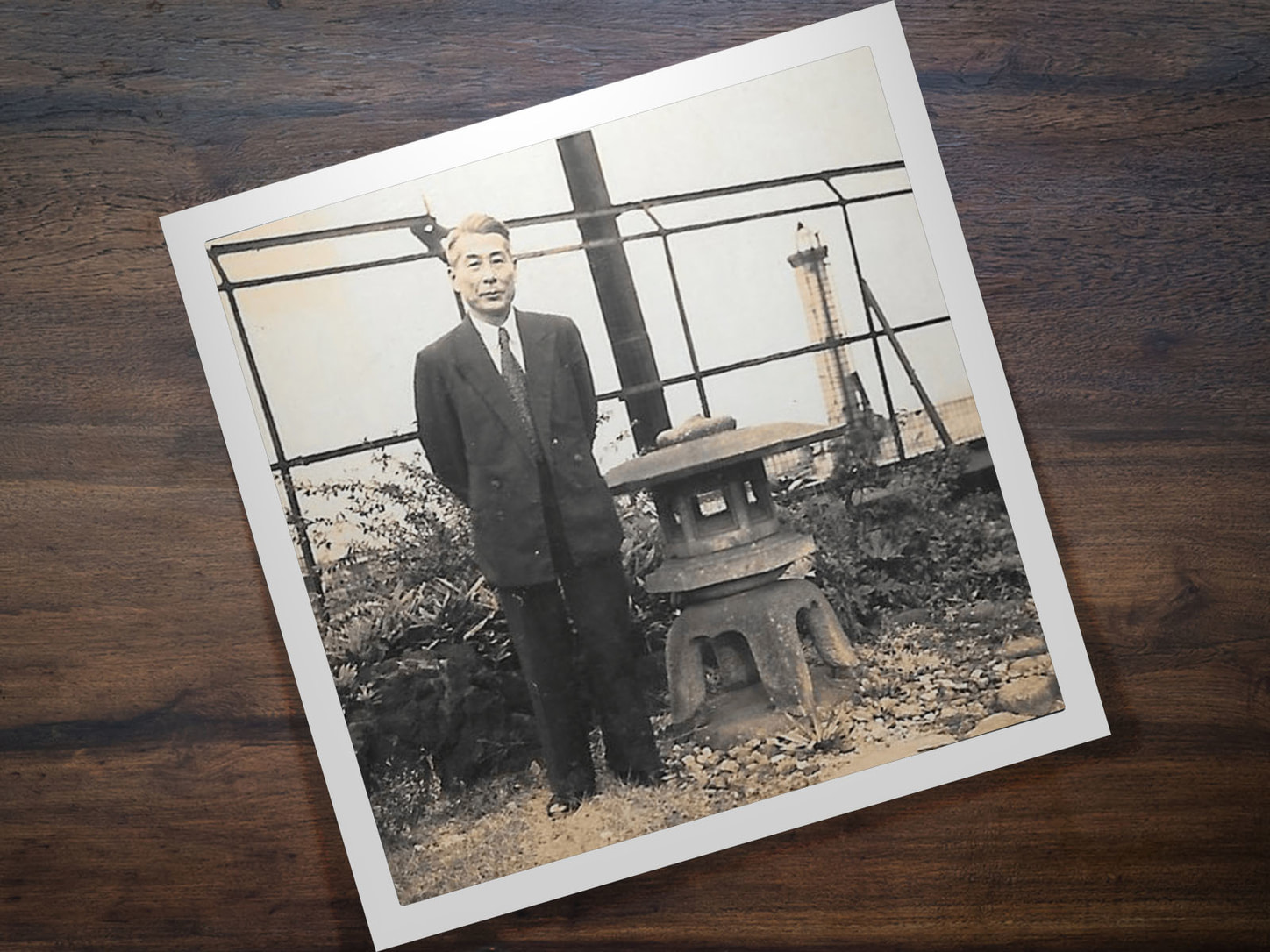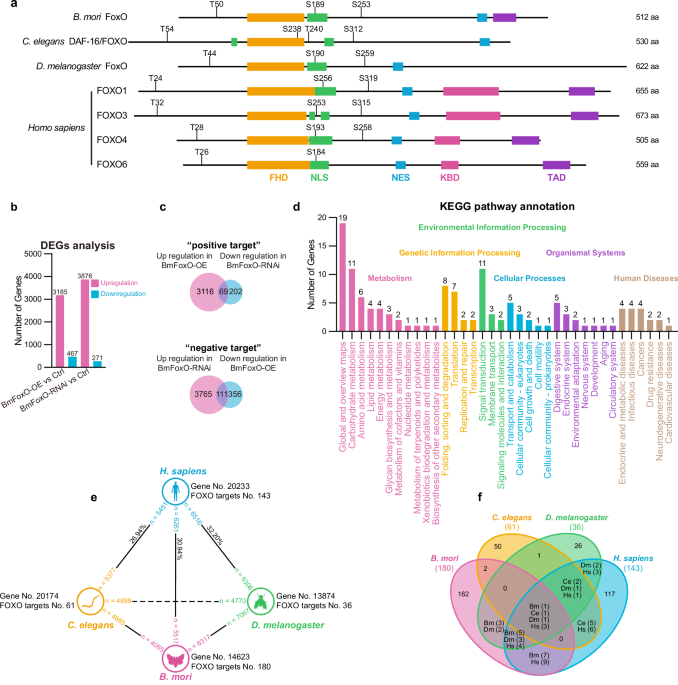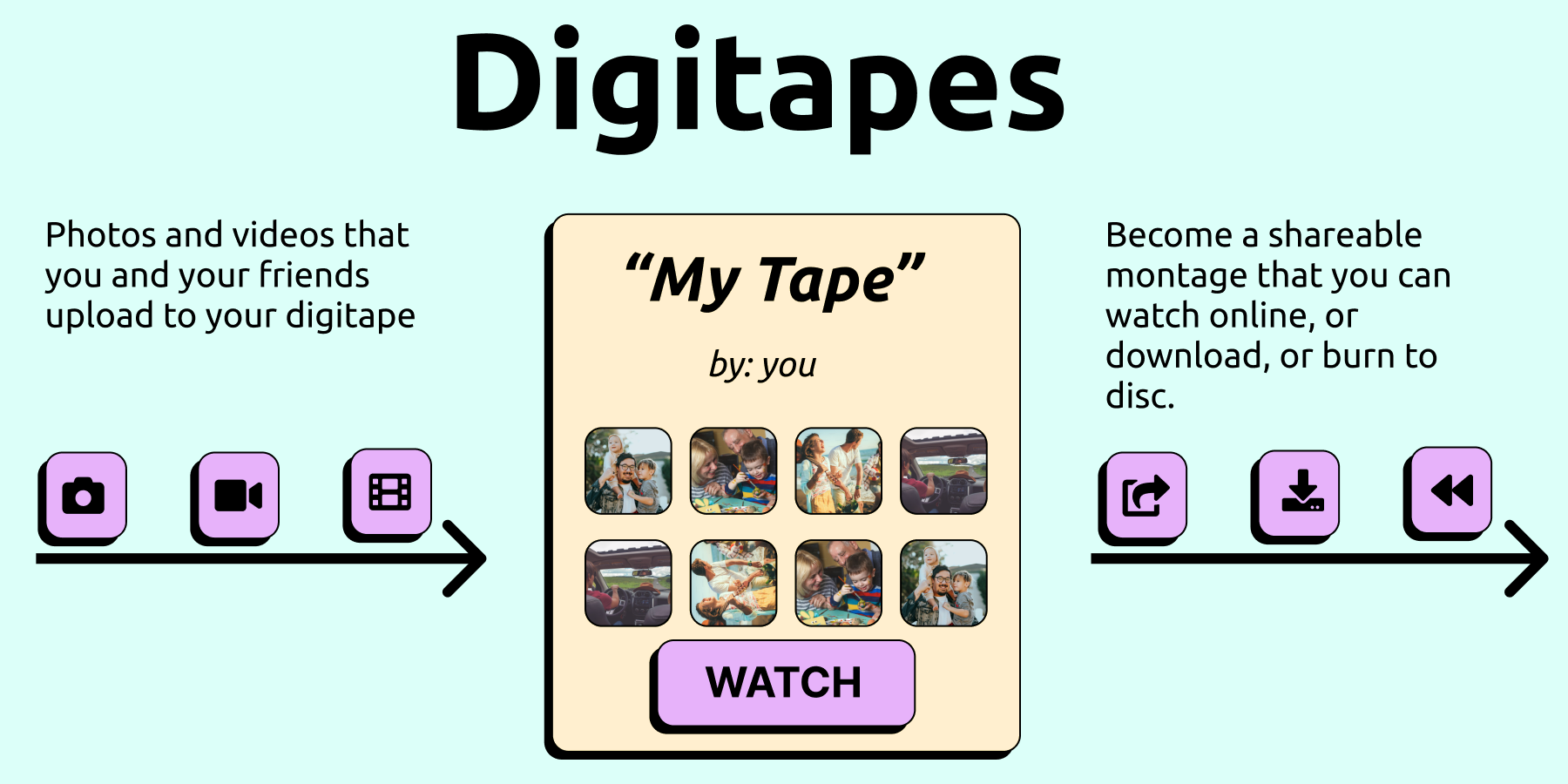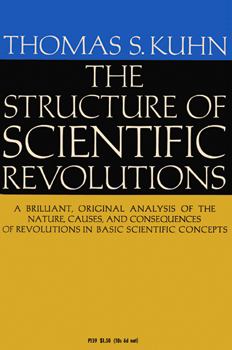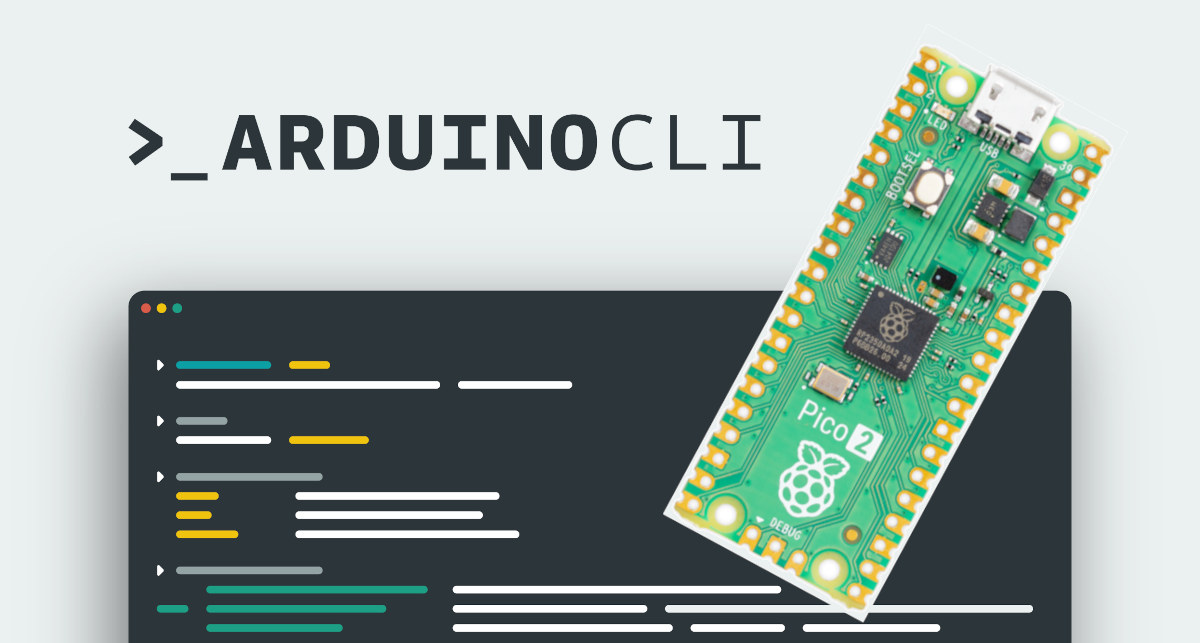
Was early modern writing paper expensive?
Many of us have repeated the assertion that writing paper in early modern England was expensive and scarce, but it has always bothered me. After hearing this fairly regularly in response to two common questions —“Why did people write on the endleaves of printed books?” and “Why are there no ‘Shakespeare manuscripts’?”—I started keeping track of paper prices in account books and bills and receipts to see if this was actually true. I was suspicious because a considerable number of early modern manuscript books at the Folger and elsewhere are mostly blank.
A screenshot from a Luna advanced search on “blank” and “L.b.*” led me to Folger MS L.b.42 from the 1550s.
The majority of letters from this period are written on the first page of a four page bifolium, with the inner two pages left blank and the last page used to write the superscription (the address). An etiquette manual published in 1675 encourages the ostentatious display of blank paper as a show of respect, its writer suggesting that when composing a letter, to “make use of large Paper rather than small, and a whole sheet (though we write but six lines in the first Page) rather than half a one, is no inconsiderable piece of ceremony, one shewing reverence and esteem, the other familiarity or indifference” (Antoine de Courtin, The Rules of Civility).
However, even drafts of letters are often written on whole sheets, suggesting that leaving blank paper unused was hardly considered decadent and not only meant to impress.

